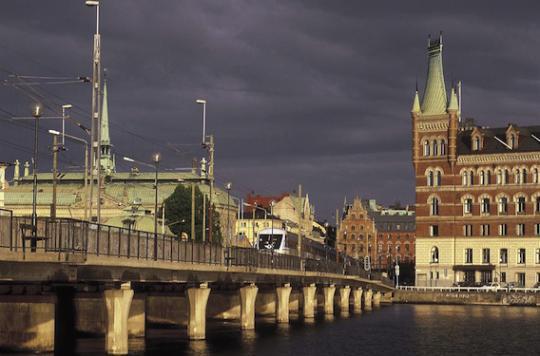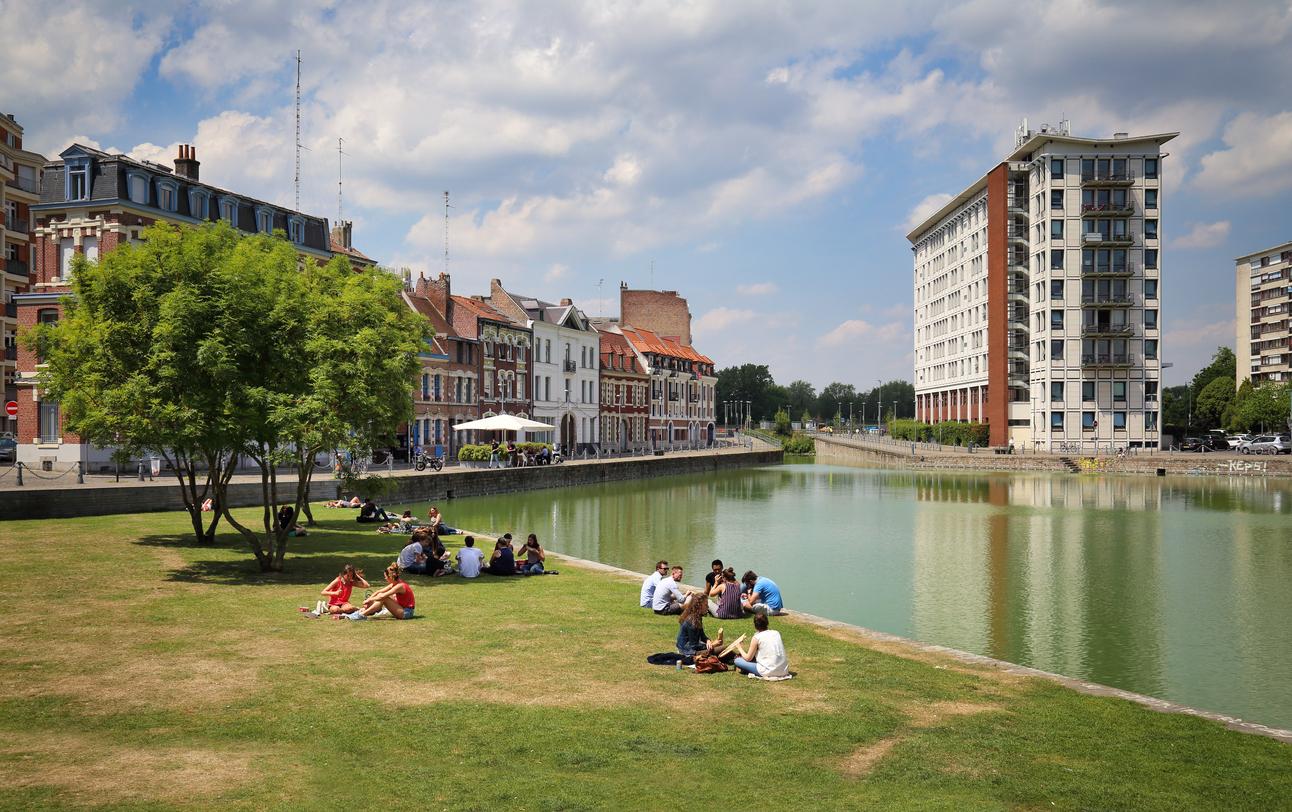
INVESTIGATION – And if tomorrow Paris rolled by bicycle or entirely electric. The Town Hall dreams of it, but other cities in Europe have already achieved it. The stakes are high, reducing pollution, atmospheric and noise, would translate into increased life expectancy. But to protect our health, it is not enough to open a few cycle paths. Whyocteur met the actors of this revolution.
If you don’t like cars and pollution, the following paper could become your “Little Smart”. In it, we will see how some cities have taken the utopia of a car-free life from dreams to reality. Long-term work that has benefited the health and morale of citizens.
It’s hard to get into this map of “green” cities without starting with Oslo. The new left-wing coalition (Labor, Socialist and Environmental Parties) which is preparing to lead the Norwegian capital announced on Monday, October 19, 2015, that it will ban cars from its city center by 2019. This measure should allow greenhouse gas emissions to be halved compared to 1990, starting in 2020.
According to the Norwegian newspaper Verdens Gang (VG), the car ban inside the ring road will cover an area where only a thousand people live but where around 90,000 people work. The details have not yet been decided, but this radical project is already worrying traders, concerned about the fate of downtown shopping centers.
Gothenburg, the city that appeals to French environmentalists
Our European tour of cities where children will not grow up with Lightning McQueen from the cartoon “Cars” as a model, continues in eastern Norway, in a country that looks like the “Promised Land” for lovers of the environment. This is the Kingdom of Sweden, where 10 million environmentalists live, according to the testimonies we have gathered.
“When I got to Gothenburg, in 1990, I was 20 years old. I went back there last year and I found that the city had evolved tremendously in a quarter of a century ”, confides the deputy of Calvados (14), Isabelle Attard, president of the France-Sweden Friendship group at the ‘National Assembly.
She adds: “They knew how to preserve and intensify all the gardens they had in the heart of the city. They have also developed trams, night buses (evening and weekend). And above all, they did not spread out in surface area and built the interiors more tightly to preserve the green areas ”.
Isabelle Attard, president of the France-Sweden friendship group at the National Assembly: ” In Gothenburg, once I went to work on a roller ski. During this 20km journey, I never went on a road. It creates a climate… “
The elected representative related to the environmental group (EELV) explains, in addition, that Gothenburg does not intend to stop there. Its green city project is scheduled to end in 2035. “Their goal at this date is to make Sweden’s second city a car-free agglomeration with a city center 100% accessible by public transport”.
The next step in this process will be the total electrification of the city’s bus fleets.
Even more astonishing, Göteborg is currently attempting the first experiment with a coating allowing electric cars and buses to be recharged thanks to an induction system. A 500-meter section already offers this technology to Gothenburg electric buses thanks to a coil placed under the vehicle and others inserted into the roadway. The whole thing produces an electric current which recharges the vehicle battery.
Isabelle Attard : ” Today, cars are not yet banned in Gothenburg, but in the main avenues, the only visible transport are trams, and buses. For a pedestrian, the feeling is so different compared to Paris… “
Stockholm, the least polluted capital in Europe
Also in Sweden, Dr Bernard Jomier, deputy mayor of Paris in charge of Health, cites Stockholm as a model. According to him, the Stockholm public authorities have finished with the pollution peaks. “There are hardly any more. And background pollution has also dropped significantly. This is proof that preventive measures pay off. In the end, the question is not: “is it useful, but rather, do we have the courage to change behavior?” “. The millioninhabitants of the Swedish capital did it, him, in any case …
Same story for Isabelle Attard who visited the Swedish capital two years ago with the former Minister of Ecology Nicole Bricq. “They are very careful to have everything nearby: nurseries, schools, shops, etc. It’s a completely different vision of French shopping centers, completely out of the way, where we necessarily need the car to be able to bring back our furniture or our groceries ”.
And this other vision of town planning has proved its worth. Data from the Aphekom study recently showed that only Stockholm (9.4 µg / m3), in Europe, is below the fine particles threshold recommended by the World Health Organization (10 µg / m3). Like London, it should be noted that the city has also set up urban tolls in its hyper-center in order to limit traffic. By way of comparison, in Paris, the level of exposure to fine particles (PM2.5) is, on average, 16.4 µg / m3. And in Bucharest, the most polluted capital in Europe, it even reached 38.2 µg / m3. This pollution would cause premature deaths, 19,000 per year in Europe.
A public health problem in which the public authorities should take an interest since the Aphekom study also showed that 31.5 billion euros could be saved by respecting the value of the WHO, in particular thanks to the reductions in health expenditure and absenteeism at work.
.















